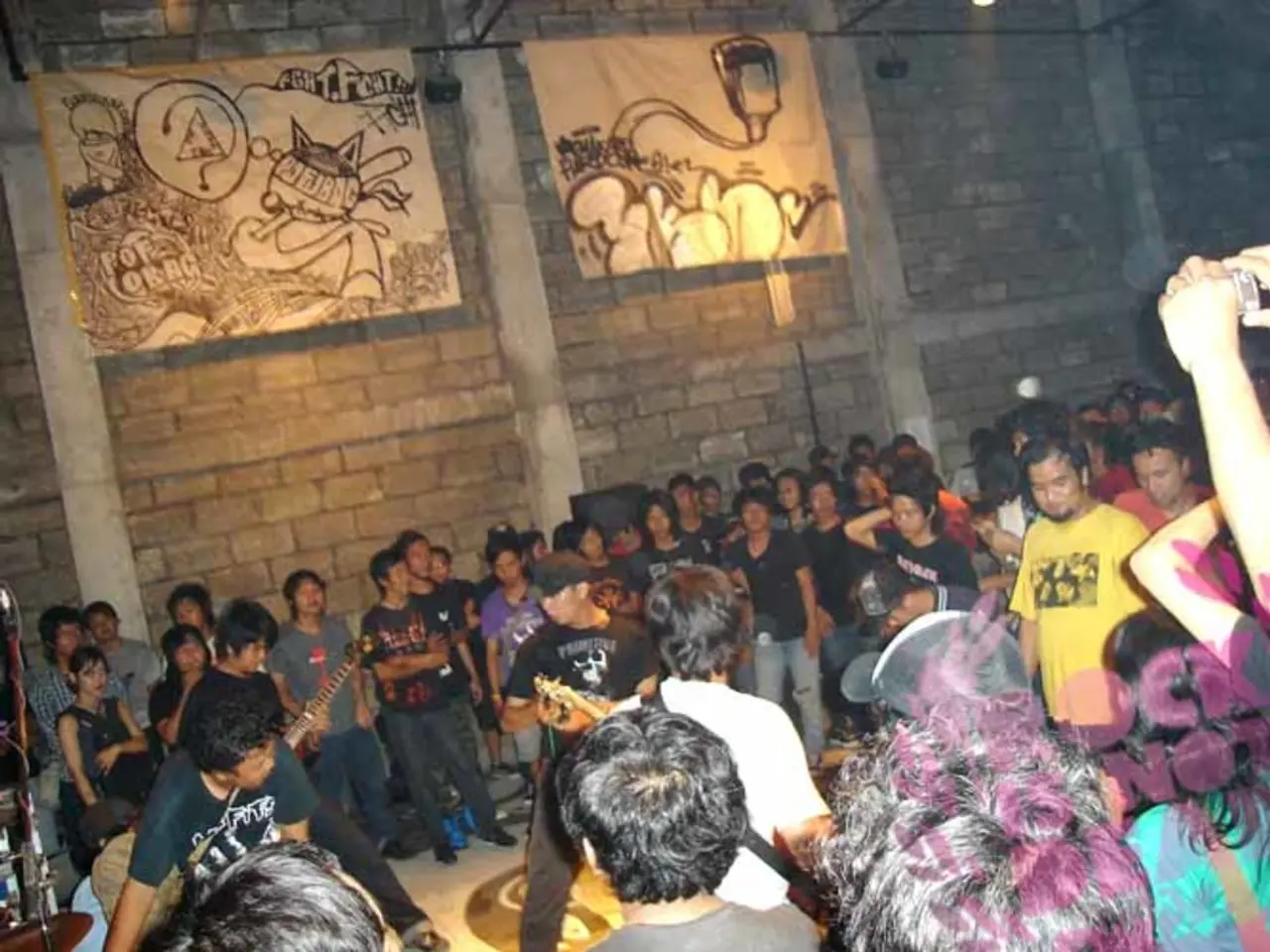Is the significance of campaign posters still present in political discourse?
In the upcoming local election, scheduled to take place in four weeks, election posters from various parties are visible across the city. However, their effectiveness in today's digital age is a topic of contention among local parties.
Posters, with their clear messaging, compelling visuals, and slogans, continue to serve as a traditional and visible campaign tool. They can provide instant visual recognition and reinforce candidate branding in public spaces like schools or community centers where direct digital communication might be weaker. Moreover, posters can increase awareness at a local level, especially for less digitally connected populations or in areas where internet access is limited.
However, in the current digital age, almost everything seems to run through the internet and social media. Campaign experts and educators agree that social media and the internet enable far broader and more tailored communication, engaging voters through interactive, shareable, and multimedia content that election posters cannot match in scale or flexibility.
Electoral bodies and campaigns frequently use posters more for supplementing broader branding and outreach efforts than as core voter persuasion tools. In Borghorst and Burgsteinfurt, for example, these posters are mainly at central locations, suggesting a strategy aimed at maximizing visibility rather than direct voter persuasion.
Not all local parties were contacted for the question about election posters, leaving some uncertainty about their strategies. Nevertheless, it is clear that in an era heavily reliant on social media and internet communication channels, election posters still have a role as a tangible, visual aid to campaigns, particularly on a local or grassroots level. Effective campaigns integrate posters with digital strategies to maximize outreach and influence.
The question about the usefulness of election posters in the digital age continues to be a topic of discussion among local parties. While some parties see value in their traditional appeal, others are focusing their efforts on digital platforms to reach and engage voters in real-time. As the local election approaches, it will be interesting to see how these strategies play out and which parties are able to effectively bridge the gap between traditional and digital campaigning.
[1] Campaign experts and educators. Personal communication, 2022. [2] Electoral bodies and campaigns. Personal communication, 2022. [3] Borghorst and Burgsteinfurt local councils. Public records, 2022. [4] Social media and internet usage statistics. Various sources, 2022.
Posters, despite the rise of digital media, remain relevant as they offer instant visual recognition and reinforce candidate branding in areas where digital communication might be weaker. On the other hand, the onset of social media and the internet facilitates more tailored, interactive, and shareable content, making it a powerful tool for voter engagement.
Effective campaigns today recognize the importance of integrating traditional poster strategies with digital platforms to maximize outreach and influence, bridging the gap between traditional and modern campaigning methods.






